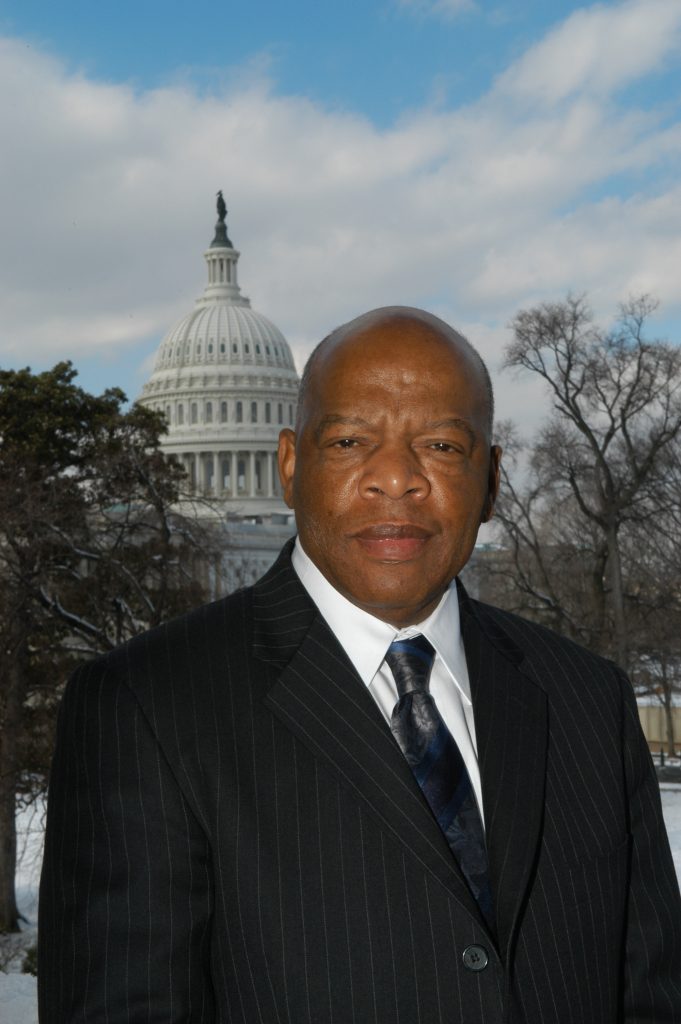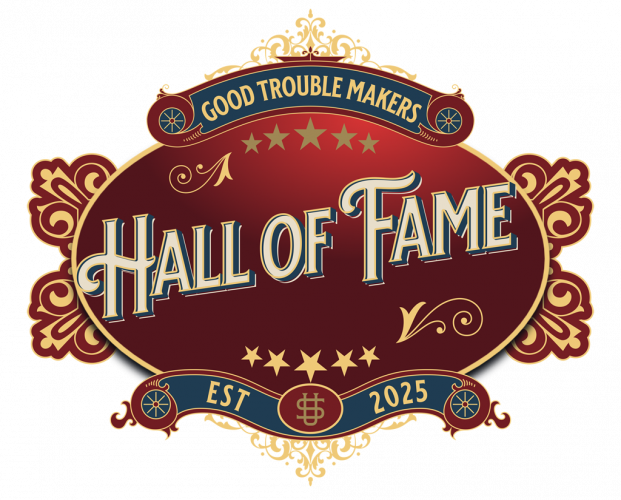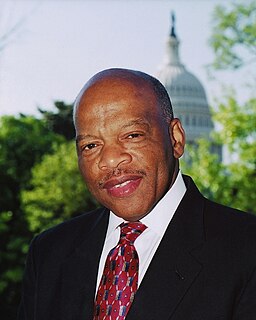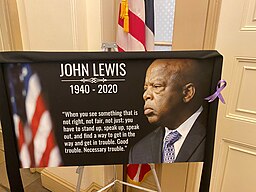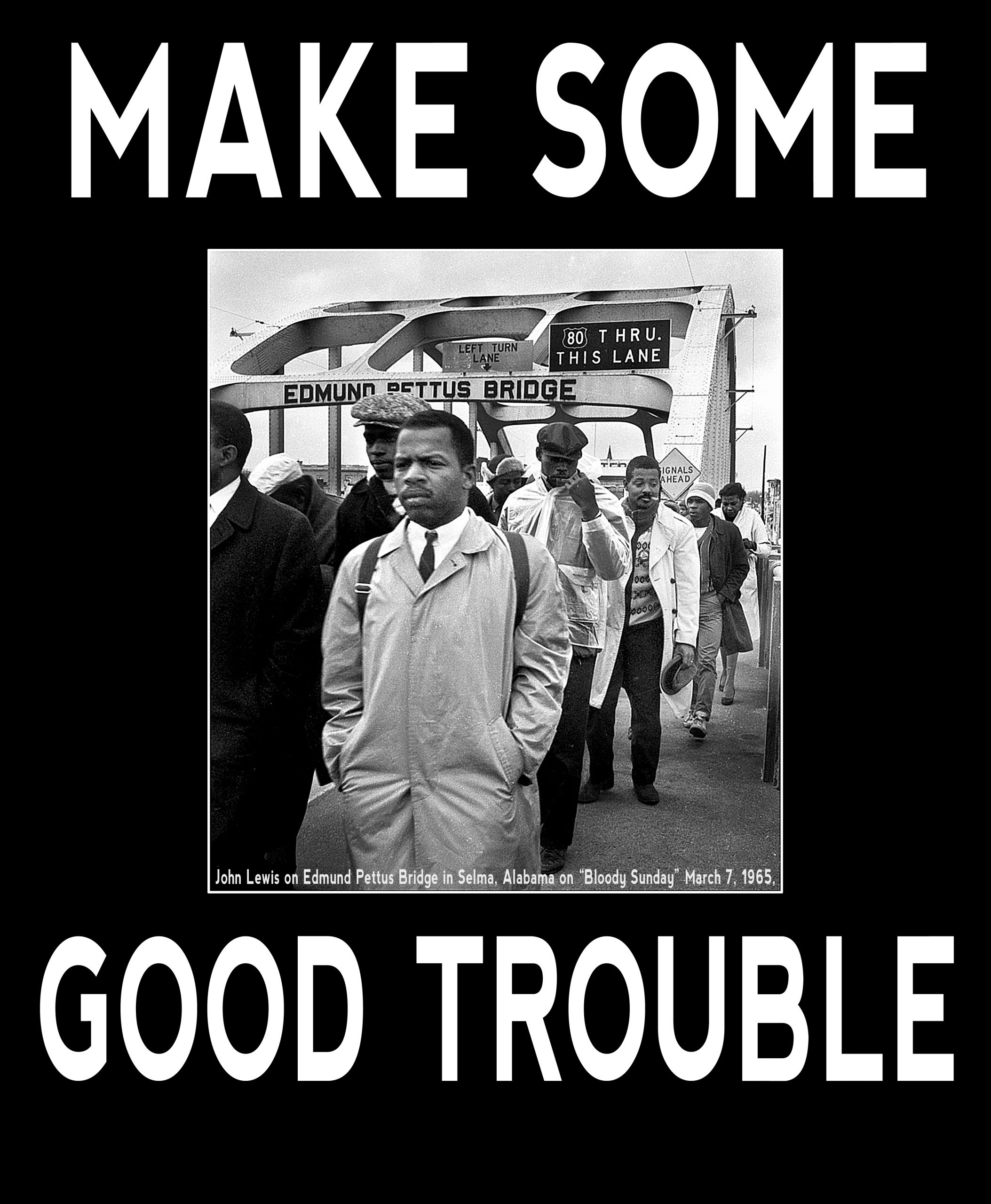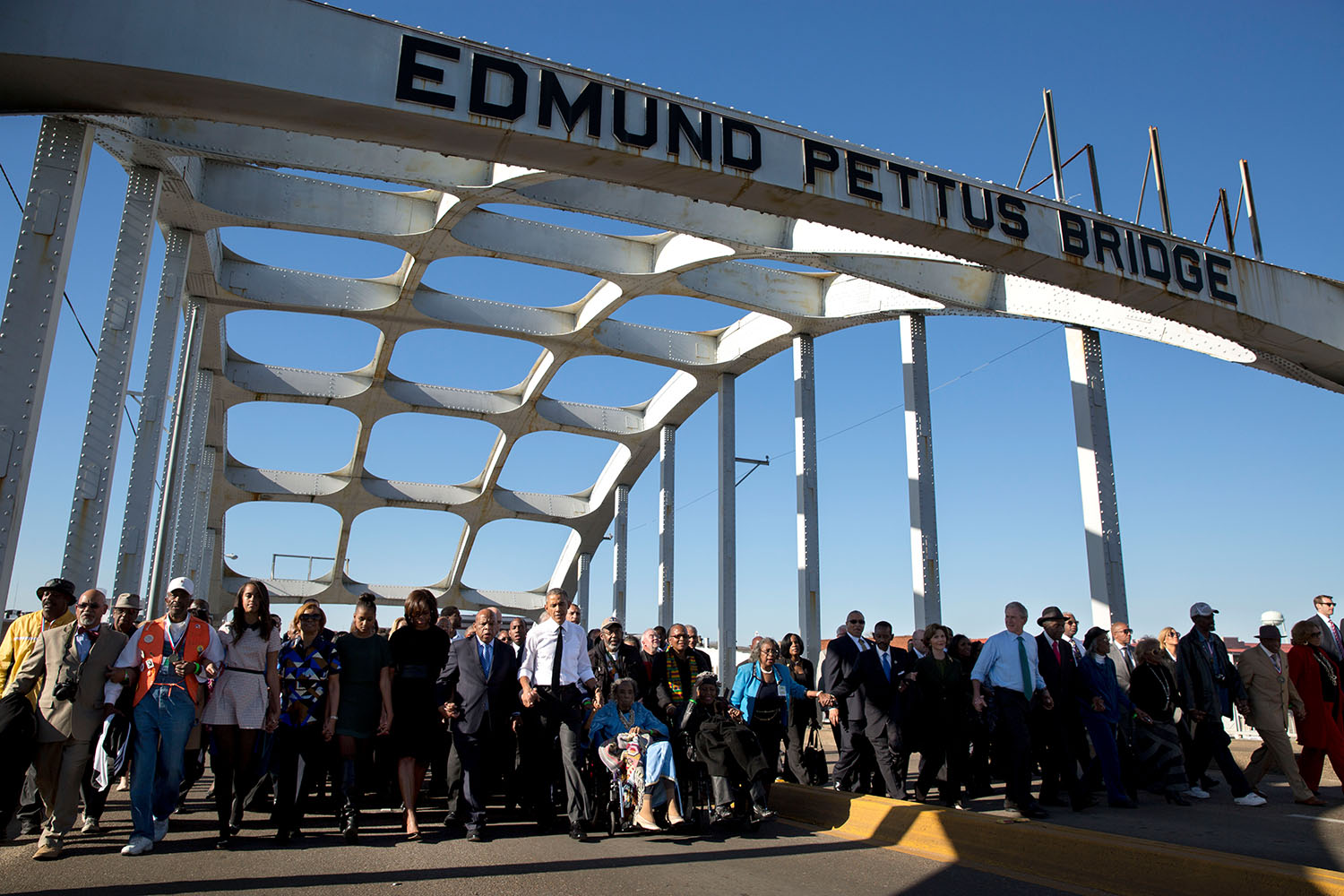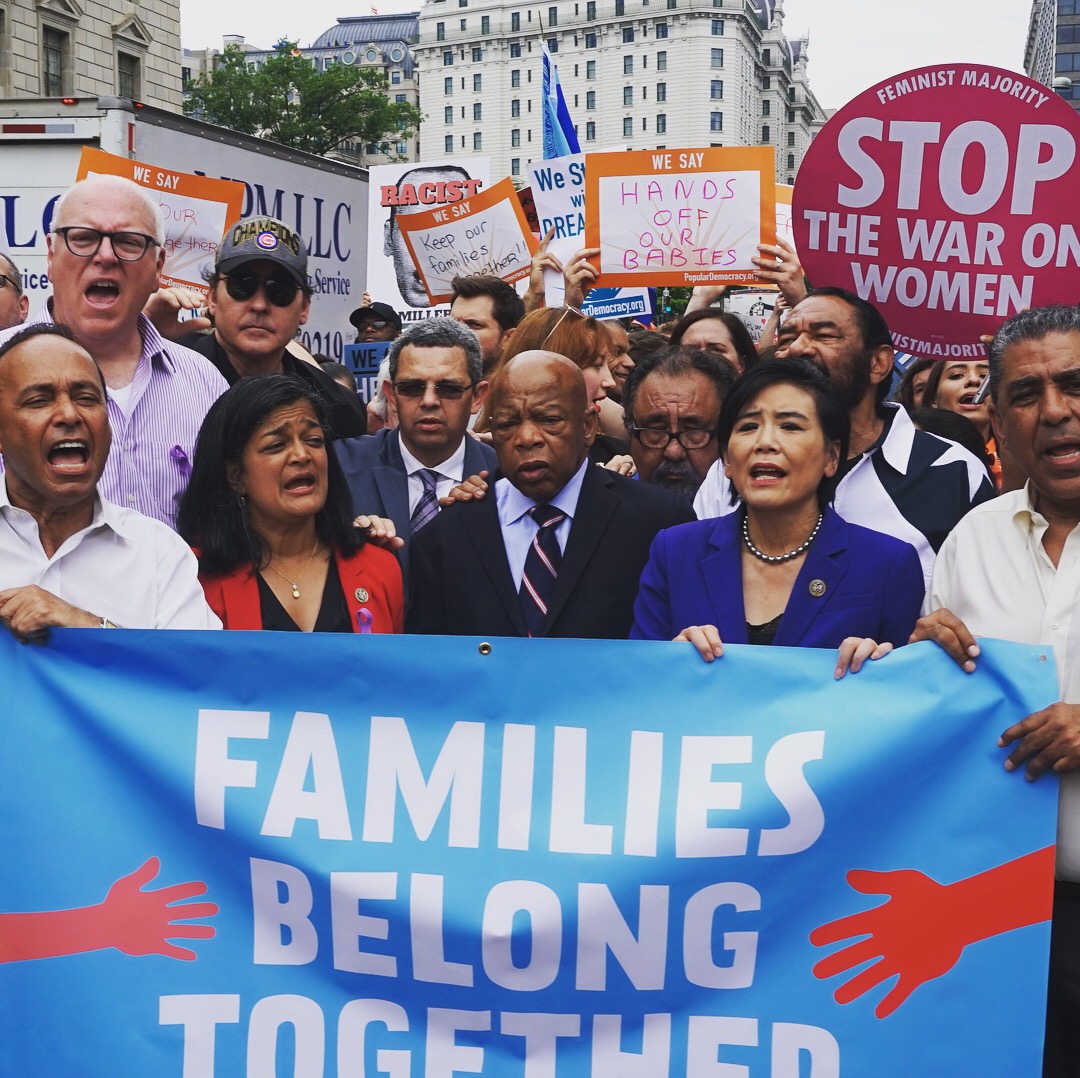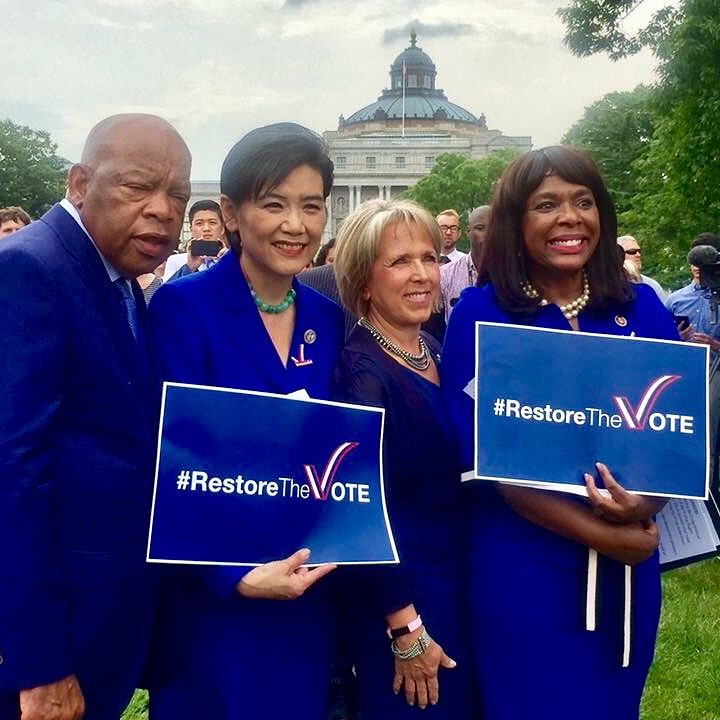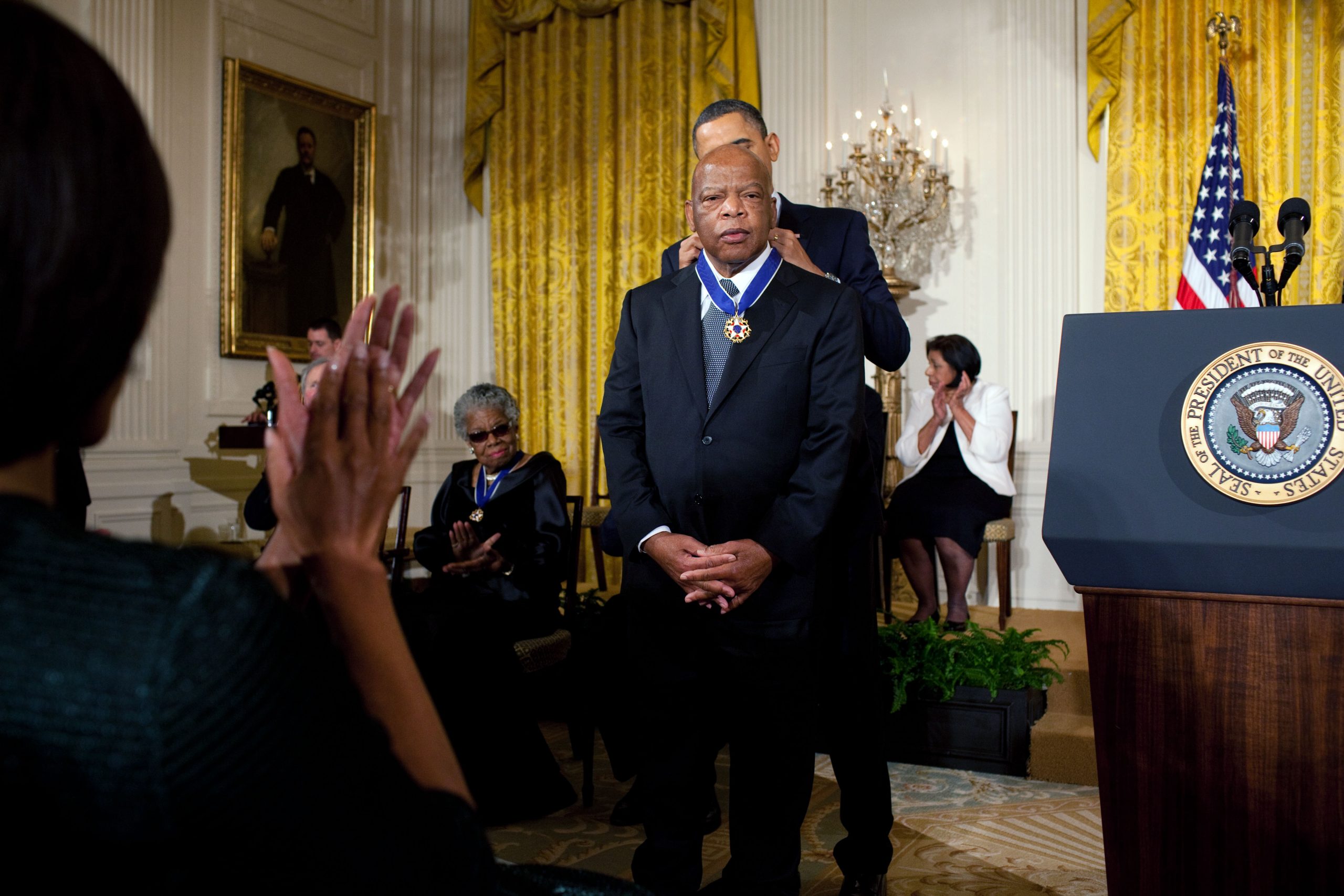John Lewis was born on February 21, 1940, near Troy, Alabama, the son of sharecroppers. Growing up in the segregated South, he experienced firsthand the injustices of racism and inequality that would later fuel his lifelong commitment to nonviolent activism. Inspired by the words and actions of Rosa Parks and Martin Luther King Jr., Lewis began organizing sit-ins and demonstrations while still a student at Fisk University, marking the start of a lifetime of making what he famously called “good trouble, necessary trouble.”
In the early 1960s, Lewis emerged as one of the most courageous and dedicated leaders of the Civil Rights Movement. As a founding member and later chairman of the Student Nonviolent Coordinating Committee (SNCC), he played a central role in organizing Freedom Rides, voter registration drives, and protests across the South. At just 23 years old, Lewis was the youngest speaker at the historic 1963 March on Washington, standing alongside Dr. King and delivering a powerful call for justice and equality.
On March 7, 1965, Lewis led over 600 peaceful marchers across the Edmund Pettus Bridge in Selma, Alabama, in a demonstration for voting rights. The brutal attack that followed — known as “Bloody Sunday” — shocked the nation and galvanized support for the Voting Rights Act of 1965. Lewis, who suffered a fractured skull that day, became a living symbol of moral courage and the power of peaceful resistance in the face of oppression.
Following the Civil Rights era, Lewis continued his life’s work in public service. He was elected to the Atlanta City Council in 1981 and later to the U.S. House of Representatives, where he served Georgia’s 5th Congressional District from 1987 until his death in 2020. In Congress, Lewis became known as the “Conscience of the Congress,” advocating tirelessly for human rights, health care reform, and expanded access to education and voting. His leadership was grounded in compassion, humility, and an unwavering belief in the potential for America to live up to its founding ideals.
Throughout his career, Lewis received numerous awards and honors, including the Presidential Medal of Freedom, but he remained a man of extraordinary modesty. He continued to speak at schools, churches, and rallies, reminding new generations that democracy is an ongoing struggle — one that requires vigilance, courage, and participation. His memoir Walking with the Wind and the March graphic novel trilogy have introduced his story to millions of younger activists inspired to continue the fight for justice.
John Lewis holds a place in the Good Trouble Makers Hall of Fame because his life embodies the heart of this movement: the belief that conscience and courage can change the course of history. His bravery in Selma, his moral clarity in Congress, and his lifelong commitment to nonviolence remind us that real change is built through persistence and love in action — not anger or fear. He stood firm against tyranny and injustice, yet never lost faith in humanity’s capacity for redemption.
John Lewis is also the spark that ignited Make Some Good Trouble. His phrase — “Get in good trouble, necessary trouble, and help redeem the soul of America” — inspired this project’s name and mission. His life reminds us that good trouble is not reckless; it is purposeful. It’s what happens when ordinary people decide to stand up for what’s right, even when it’s hard. Every shirt, post, and story shared here carries forward that legacy — a tribute to his enduring belief that when we act with courage and compassion, we bend the arc of history a little closer toward justice.

